Countries organize themselves into different alliances for different purposes, be they political, military, social, or economic. The Organisation for Security and Cooperation in Europe (OSCE) is one of the world’s most important intergovernmental organisations in the area of political and military security, with 57 member states in Europe, North America and Asia.
Bringing together countries from these three continents, the OSCE aims to control weapons, promote human rights, press freedom and fair elections. With its headquarters in Vienna, the organization values economic, political and military exchanges among the various participants.
Since its criation, the OSCE lacked much action and purpose, but in 2014 with the conflict in the Donbas region of Ukraine and the annexation of Crimea by Russia, the OSCE has gained an essential role in mediation and dialogue in the conflict.
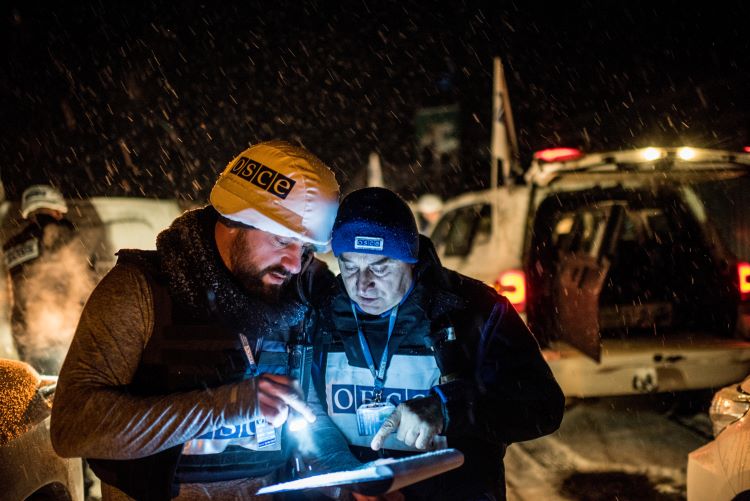
What is the OSCE (Organisation for Security and Cooperation in Europe)
The Organization for Security and Cooperation in Europe was created in the 1970s under the name “Conference on Security and Cooperation in Europe” (CSCE) during the Cold War as a forum for West-East debate.
The talks held in the CSCE were held primarily as a suggestion from the Soviet Union as a way of controlling other communist countries in Eastern Europe through negotiations. Western Europe, for its part, saw the negotiations as an attempt to reduce tension in the region, seeking economic cooperation and popular human rights projects in the communist bloc countries.
With the fall of the USSR, the CSCE needed a change of its structure and in 1995 it was already called Organization for Security and Cooperation in Europe and had a whole new administrative body of organization.
After this change, the OSCE was used to oversee the territory of Europe and also discuss and apply systemic changes in the human rights of Eastern Europe, interest of the West to increase its participation in the democratization of the area.
One of its main functions is the Office of Democratic Institutions and Human Rights (ODIHR), which monitors elections in countries with fragile democracies and conflict situations, such as the one currently found in Donbas in Ukraine.
What are the three political-military dimensions that the OSCE covers to maintain security and peace
Within security and cooperation, the OSCE has a three-dimensional approach: a political-military dimension, economic and environmental dimension and human dimension since the organization believes that these 3 areas should be developed for a country or region to achieve a true situation of lasting security.
The former has a broader perspective of action, with a series of commitments between Member States and the organization for conflict prevention and resolution. The more general objective is to increase military security with greater openness, transparency and cooperation. Arms control, counter-terrorism, conflict prevention, military reform, policing, implementation and border management are aspects of the political-military dimension.
The economic and environmental dimension covers the monitoring of developments related to the economic and environmental security of its members, with vigilance for any threat of conflict. Assisting in the creation of policies, legislation and institutions to strengthen OSCE cooperation and security.
And in the third, the human dimension, there are actions for the maintenance of human and democratic rights and the promotion of tolerance throughout the area of the OSCE countries. Democratisation, education, election supervision, gender equality, human rights, the creation of national and international Ngos, freedom of the press, the right to minorities and the fight against human trafficking are on the list of major fields of action.
Thus, with these three main pillars that guide the decision-making of the organization aiming at maintaining security, cooperation and peace in the exchanges, there is a search for strengthening the alliance between the 57 countries and the institution itself as a geopolitical actor.
What role and how effective OSCE observers are in the conflict in Eastern Ukraine in Donbas – The revival of the OSCE
Since 2014 and the entire Ukraine-Crimea-Russia conflict, the OSCE has re-established itself as a political agent of importance and becoming essential for stability in the region today with its Mission of Special Surveillance (SMM).
The organization has previously played the role of mediator of the conflict between Russia and Ukraine, establishing the so-called Minsk Protocol in 2014 and 2015. An agreement that materialized the relationship tripartite for negotiations, establishing the immediate ceasefire, and open dialogue commitment to resolve the border tensions.
The first agreement of Minsk determined beyond the ceasefire, the freedom of self-government to the separatists of the region, freedom of prisoners, amnesty, dialogue and an economic recovery plan. But it was not followed, and then was created the Minsk II in 2015, renewing and adding a series of measures, counting on the participation of France and Germany in the formation of the agreement.
The main objective of the OSCE is to ensure political, economic and social security, and both Russia and Ukraine are members of the alliance. The annexation of Crimea and the tensions in Donbas hurt the principles of the agreement, causing the OSCE to “reborn” and resume its role in maintaining them.
Even with this second protocol, the conflict in Donbas continues to violate the principles of peace and cooperation of the OSCE, which forced the organization to mediate the conflict directly on the battlefield. Its SMM monitoring mission is with 24-hour surveillance of the area, providing the role of neutral and impartial observer of the advances and retractions of the armed forces from Ukraine and the forces supported by Russia.
Its SMM has the support of the “Normandy Four Format”, a group formed by Ukraine, Russia, France and Germany for the negotiations of Minsk II. It is the largest monitoring mission in history, with the support of civilians and advanced technology equipment (drones, cameras, monitors and so on) for surveillance of the area, representing a new importance and role that international organisations should endeavour to provide and develop.
“Certain relatively new technologies in the context of such a mission, such as unmanned aerial vehicles (UAVs), satellites and long-range cameras, have been used on an unusually large scale in Ukraine, making the SMM the world’s leading operation of its type. Against this backdrop, inferences drawn from the Ukrainian case have wider implications for civilian missions by international organizations elsewhere.”
Utrikespolitiska Institutet
Criticism by the Commonwealth of Independent States (CIS) against the OSCE
The OSCE’s area of action in Eurasia covers mainly the former participating Soviet republics and creators of the Commonwealth of Independent States (CIS).
Made in 1991 after the fall of the Soviet Union, the CIS aims to maintain the independence and sovereignty of each member state, forming a jointly debated market economy, always open to the inclusion of the other republics of the former USSR and would be free to leave the community a year in advance. The main common feature among members is their Soviet past.
Formed by Armenia, Azerbaijan, Belarus, Kazakhstan, Kyrgyzstan, Moldova, Russia, Tajikistan, Turkmenistan and Uzbekistan; the CIS already counted with Ukraine and Georgia as participants, but they left after conflicts with the Russians.
The disagreements between the CIS and the OSCE have been going on for decades, as CIS countries report an “unbalance” of the three dimensions of the OSCE in Eastern Europe and Central Asia, following primarily Western interests for decision-making and disregarding the true demands of Eurasia.
Examples of conflicts are election monitoring in countries such as Ukraine and Kyrgyzstan, where the OSCE argues that its monitoring methods are older (more than a decade older than the CIS) and refined, following seven basic criteria to ensure equality, fairness, transparency and accountability, and that the Commonwealth of Independent States is a mechanism of the Russian political agenda. However, the CIS countries countered by saying that their monitors, coming mostly from Russia, have greater cultural and linguistic proximity to understand the nature of elections in Eurasian countries.
The main critic of the OSCE is the Russian President Vladimir Putin, saying that even though the institution is independent it is financed by Western organizations that want to gain influence in Eastern Europe.
Therefore, what can be observed is a dispute for action between Russia and the OSCE in Eurasia. Even in the current conflicts with Ukraine, for Putin the OSCE is only an arm of the Western apparatus that seeks to undermine countries’ relations with the Russian government and implement Western political-military and economic hegemony.
The conflict between Ukraine and Russia has led to the already decaying relationship between the Kremlin and the West to an acute crisis. The OSCE SMM is part of the international community’s attempt to partly remedy the lost trust between these two actors. Thus reviving the importance of the OSCE as a mediator between the West and Russia on European territory.

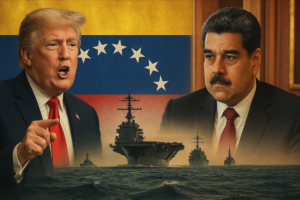


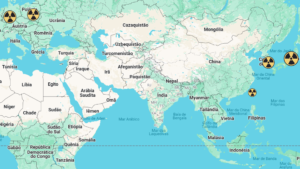




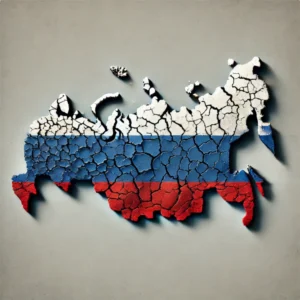
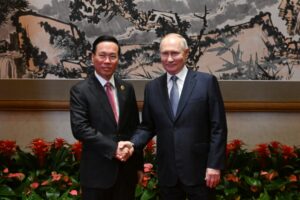
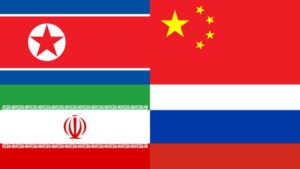
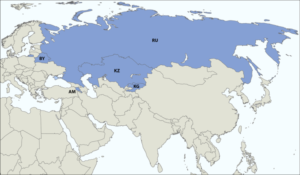

[…] nations of the former Soviet Union, these countries still maintain deep relations with Russia, Tajikistan is dependent on Russian oil […]